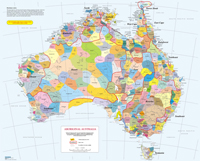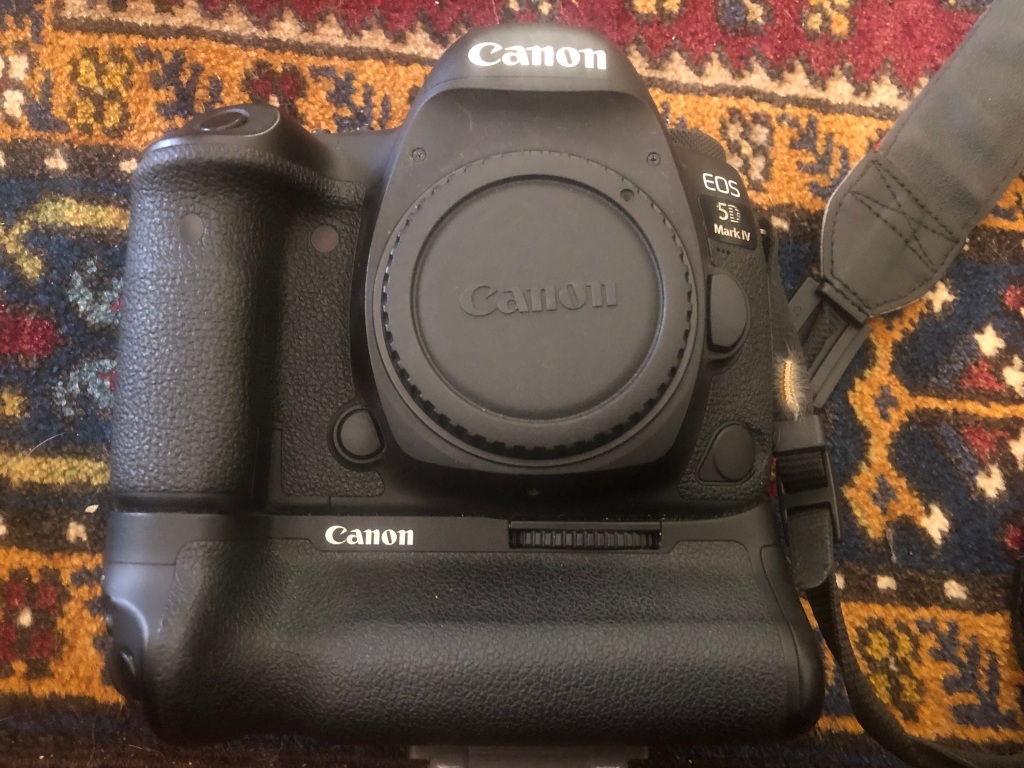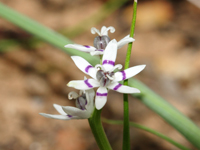The Southern Boobook was enjoying the post-dawn sunshine, perched at the darkened ‘entrance’ of an old tank stand. Not sure how my eye was drawn to the bird when I first spotted it, some fifty metres distant. It was scanning the ground intently, in front of its lookout – I suspect it was hoping for another mouse before ‘bed’.
The beautiful creature tolerated me as I made a careful approach until I was almost within touching distance.

Southern Boobook, Newstead, 30th March 2024

II

III

IV

V
I returned later in the day. The owl was gone, but had left behind a worn primary feather. A close up view of the feather shows fringes, like the teeth of a comb. This adaptation softens the flow of air over the feathers when the owl is in flight, helping absorb noise that might alert potential prey.

Southern Boobook – worn primary feather

Up close


























































